Uses and Gratification Theory: Advantages and Disadvantages
Uses and Gratification Theory is one of the important communication theories, that focuses on understanding why people actively seek out and use media. It assumes that individuals have specific needs and desires that drive them to choose certain media sources or content to fulfill those needs. This theory suggests that media consumers are not just passive recipients of information but active decision-makers who actively engage with media to satisfy their needs.

Definition of Uses and Gratification Theory
Uses and Gratification Theory is a communication theory that seeks to understand why individuals actively choose and use specific media and communication channels to satisfy their specific needs and desires. It posits that media consumers are not passive recipients of information but are active participants who make conscious decisions about which media content to engage with based on their motivations and expectations.
According to this theory, people have certain needs, such as the need for information, entertainment, social interaction, companionship, escapism, and personal identity reinforcement, among others. They select particular media outlets, programs, or platforms that they believe will fulfill these needs effectively. In other words, individuals use media because they derive gratification or satisfaction from the media content they consume.
Key Concepts of Uses and Gratification Theory
The Uses and Gratification Theory involves several key concepts that help explain how and why individuals use media to fulfill their needs and desires. These concepts are essential to understanding the theory’s underlying principles and its application to media consumption behavior. Here are the key concepts of the Uses and Gratification Theory:
Needs and Gratifications
The theory proposes that individuals have specific psychological, social, and emotional needs, such as the need for information, entertainment, social interaction, personal identity reinforcement, relaxation, or escape. People actively seek out and use media content that they believe will gratify these needs and provide them with satisfaction.
Active Audience
Unlike traditional media theories that portray audiences as passive receivers of messages, the Uses and Gratification Theory considers the audience as active participants in the media consumption process. It emphasizes that media users are selective and purposeful in their choices, actively seeking content that aligns with their interests and needs.
Choice and Selection
Media consumers have a range of media options available to them, and they make deliberate choices based on their individual preferences and anticipated gratifications. They select media content that they believe will be most effective in fulfilling their needs at a given time.
Explore the Media Dependency Theory.
Media Use as Communication
The theory views media consumption as a form of communication. People use media to communicate with others, stay informed, share experiences, and reinforce their social identities and values. It is not just about passively receiving messages but also about engaging with media content to achieve specific communication goals.
Individual Differences
The theory recognizes that different individuals have unique needs, preferences, and backgrounds, leading to diverse media consumption patterns. People’s media use is influenced by factors like age, gender, socio-economic status, personality traits, and cultural background.
Gratification Sought vs. Gratification Obtained
Media users seek specific gratifications when selecting media content. However, the actual gratification obtained from the media may or may not align with their initial expectations. This concept helps researchers understand the effectiveness of media content in meeting users’ needs and whether there might be unintended consequences.
Function of Media Content
The theory suggests that media content serves different functions for different individuals. For example, a television show can serve as a source of entertainment for one person, a means of social interaction for another, and a way to acquire knowledge for someone else.
Interactivity and Feedback
With the rise of interactive media and social platforms, users can actively participate, provide feedback, and influence content creation. This concept highlights the importance of two-way communication between media producers and consumers.
Influence on Social and Psychological Well-being
The theory acknowledges that media consumption can have an impact on individuals’ social and psychological well-being. Media content that effectively gratifies users’ needs can lead to positive outcomes, such as increased satisfaction, while inappropriate or harmful content can have negative effects.
Overall, the Uses and Gratification Theory provides valuable insights into the reasons why people engage with media, the functions media content serves in their lives, and the active role of audiences in shaping their media experiences.
Explore the Feminist Theory of Media.
Advantages of Uses and Gratification Theory
The Uses and Gratification Theory offers several benefits and advantages, which make it a valuable perspective for understanding media consumption behavior and guiding media-related research and content creation. Some of the key advantages of the theory include:
Audience-Centric Approach
The theory places a strong emphasis on understanding the audience’s perspective and motivations. It helps researchers and media producers gain insights into why and how audiences use media, leading to a more audience-centric approach to media content creation.
Insights into Media Consumption Patterns
The theory provides a framework for explaining why people consume certain media content over others. It helps identify patterns and trends in media usage and preferences based on individual needs and gratifications sought.
Content Creation and Curation
By understanding the specific needs of the audience, media producers can tailor content to cater to those needs better. This can lead to more engaging and relevant media offerings, which can, in turn, attract a larger audience.
Predicting Audience Reactions
While the theory may not be highly predictive in terms of long-term changes, it can help anticipate how certain media content may be received by audiences based on their expected gratifications. This can be useful for content creators and marketers in planning and strategizing media campaigns.
Research Design and Analysis
Uses and Gratification Theory has been used extensively in media research. It provides a useful framework for designing studies that investigate media usage patterns and preferences, allowing researchers to generate valuable insights into media consumption behavior.
Understanding Media Effects
The theory acknowledges that media consumption can have both intended and unintended effects on individuals and society. By understanding the gratifications obtained from media, researchers can gain insights into how media content influences users’ attitudes, behaviors, and perceptions.
Media Product Development
When developing new media products or platforms, the theory can be used to identify potential user needs and desired gratifications that the product can address. This user-centric approach increases the likelihood of the product’s success and adoption.
Interactivity and Engagement
In the digital age, interactive media platforms play a crucial role. The Uses and Gratification Theory emphasizes audience interactivity, feedback, and participation, guiding media developers in creating platforms that encourage user engagement.
Relevance in Changing Media Landscape
With the continuous evolution of media technologies and platforms, the Uses and Gratification Theory remains relevant as it focuses on the enduring aspect of human needs and motivations that drive media consumption, regardless of the medium.
Explore the advantages and disadvantages of New Media.
Practical Application
The theory’s emphasis on understanding the reasons behind media use makes it applicable across various fields, such as media studies, marketing, advertising, and digital communication.
The Uses and Gratification Theory offers valuable benefits in understanding media consumption behavior, guiding content creation, predicting audience reactions, and designing research studies. By recognizing the active role of the audience and their needs, the theory provides a comprehensive framework for exploring the complex relationship between individuals and media content.
You can also read about Agenda-Setting Theory.
Disadvantages of Uses and Gratification Theory
While the Uses and Gratification Theory offers valuable insights into media consumption behavior, it also has several disadvantages that should be acknowledged. These disadvantages include:
Overlooks Social and Cultural Influences
The theory places a strong emphasis on individual motivations and gratifications, often overlooking the broader social and cultural influences that shape media consumption patterns. Factors like social norms, cultural values, and societal structures can significantly impact media choices but are not fully addressed by this theory.
Limited Predictive Power
While the theory is useful for explaining why people consume media content, it has limited predictive power in terms of determining what content will be successful or how audience preferences might change over time.
Self-reporting Bias
Much of the research conducted using this theory relies on self-reporting by the audience, which can be subject to bias and may not always accurately reflect actual media consumption behavior.
Inadequate Assessment of Media Effects
The theory primarily focuses on the intended gratifications sought by media consumers. It doesn’t adequately address unintended effects or consequences of media consumption, such as media effects on behavior, attitudes, or social perceptions.
Assumes Rational Decision-Making
The theory assumes that media users are rational decision-makers who actively choose media content to gratify their needs. However, in reality, media choices can be influenced by unconscious factors, emotional responses, and habits that are not always based on a rational thought process.
Neglects Unconscious Needs
The theory primarily focuses on conscious needs and gratifications sought by media users. It may not fully address unconscious or subconscious needs that also play a role in media consumption behavior.
Lack of Attention to Power Dynamics
The theory does not extensively address power dynamics in media consumption. Certain media outlets or content may have the power to influence and shape users’ needs and preferences, which can be overlooked by a solely audience-centric approach.
Neglect of Media Production and Content
The theory emphasizes the audience’s active role in media consumption but may not adequately consider the role of media producers and the content they create. Understanding the interplay between media content and audience needs is essential for a comprehensive analysis of media consumption.
Doesn’t Account for Media Constraints
The theory does not fully account for the constraints that may limit media choices for individuals, such as limited access to certain media platforms or content due to economic, geographical, or technological factors.
Despite these limitations, the Uses and Gratification Theory remains a valuable perspective for understanding the audience’s active engagement with media and their motivations for media consumption. However, researchers and media practitioners should be aware of these limitations and consider them while interpreting findings and applying the theory in their work.
Explore the advantages and disadvantages of the Magic Bullet Theory.
Conclusion
The Uses and Gratification Theory offers valuable insights into why individuals use media and how media consumption is driven by individual needs and desires. However, it may not fully capture the complex interplay of social, cultural, and psychological factors that influence media consumption behavior, and its predictive power is somewhat limited. As with any theory, it is essential to consider its strengths and limitations when interpreting research findings or applying this theory to media production and analysis.
Discover the differences between the Two-Step Flow Theory and Multi-Step Flow Theory.
FAQs
Yes, the Uses and Gratification Theory remains relevant in the contemporary media landscape. Despite the rapid evolution of media technologies, the theory’s focus on understanding why individuals actively engage with media to fulfill their needs and desires remains pertinent. In an era of diverse media choices and interactive platforms, the theory helps explain audience behavior, guide content creation, and inform marketing strategies. As media continue to shape society and individuals, understanding the gratifications sought by audiences is crucial for media producers and researchers to deliver relevant and engaging content. The theory’s emphasis on the active role of the audience ensures its continued relevance in understanding media consumption behavior.
The Uses and Gratification Theory is one of the important communication theories, that explores why individuals actively select and use specific media content to fulfill their psychological, social, and emotional needs. It posits that media consumers are not passive recipients but active decision-makers who purposefully choose media that they believe will gratify their needs and provide satisfaction. The theory emphasizes the audience’s role in shaping their media experiences and highlights that different individuals may use the same media content for various purposes. It provides valuable insights into media consumption behavior and informs content creation and marketing strategies by understanding the audience’s motivations and gratifications sought from media.
The purpose of the Uses and Gratification Theory is to understand why individuals actively choose and use specific media content to fulfill their needs and desires. It seeks to explore the motivations behind media consumption behavior, emphasizing that media users are active decision-makers who select media outlets, programs, or platforms based on the gratifications they anticipate. By identifying the various needs and gratifications sought by audiences, the theory helps researchers, media producers, and marketers gain insights into audience behavior, preferences, and engagement. This understanding enables them to tailor media content and communication strategies effectively to meet the audience’s expectations and create more engaging and relevant media offerings.

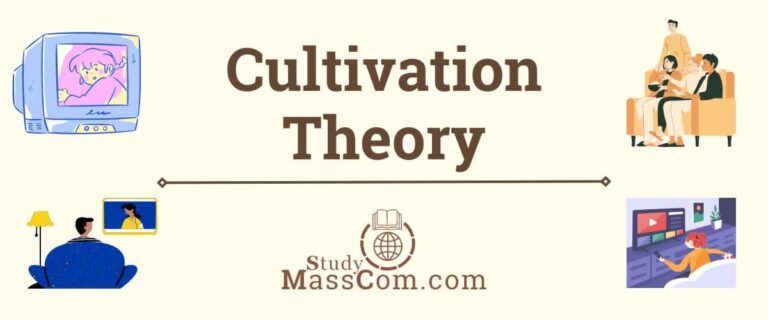
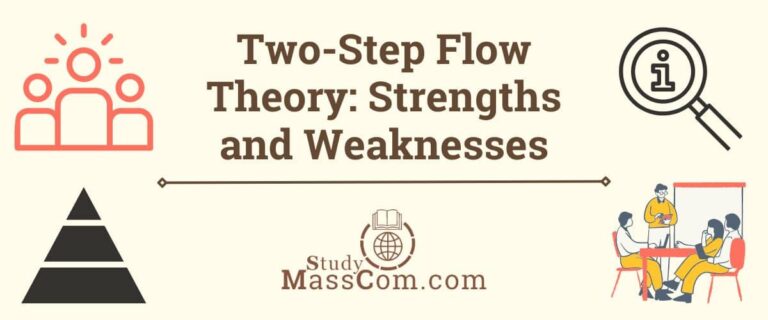
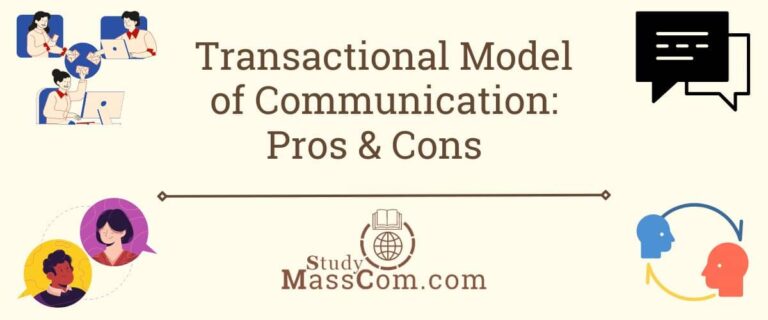
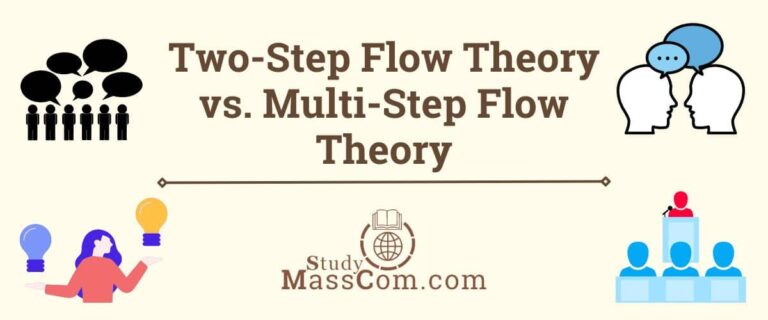
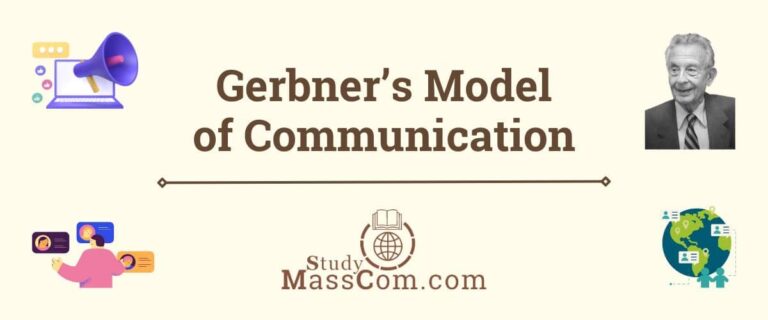

The notes have been very helpful to my studies and am very thankful
Thank you very much
So helpful